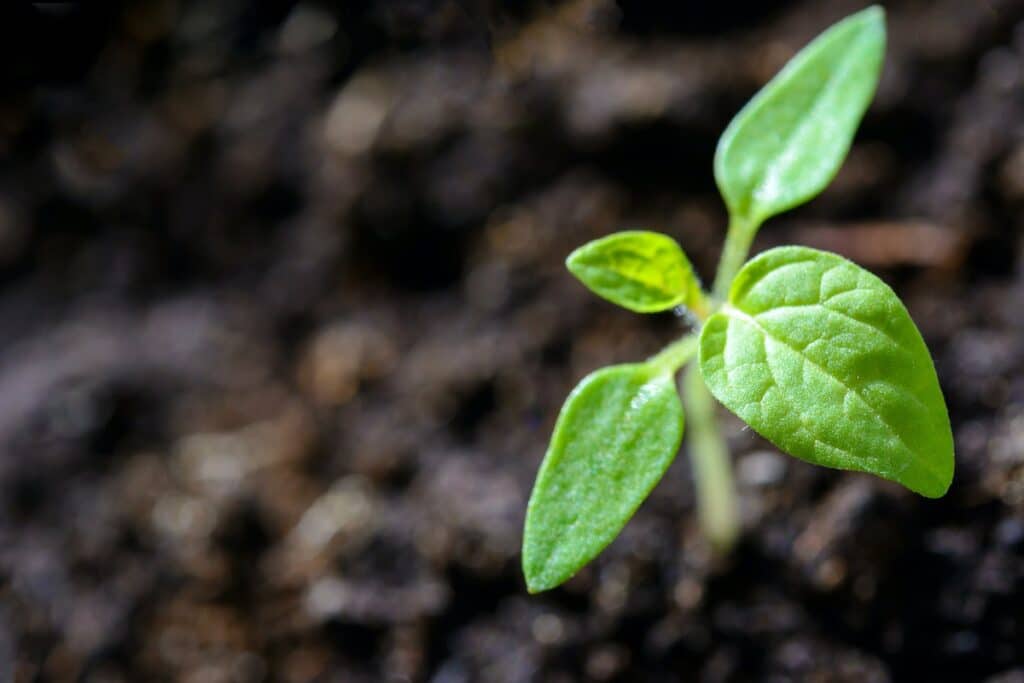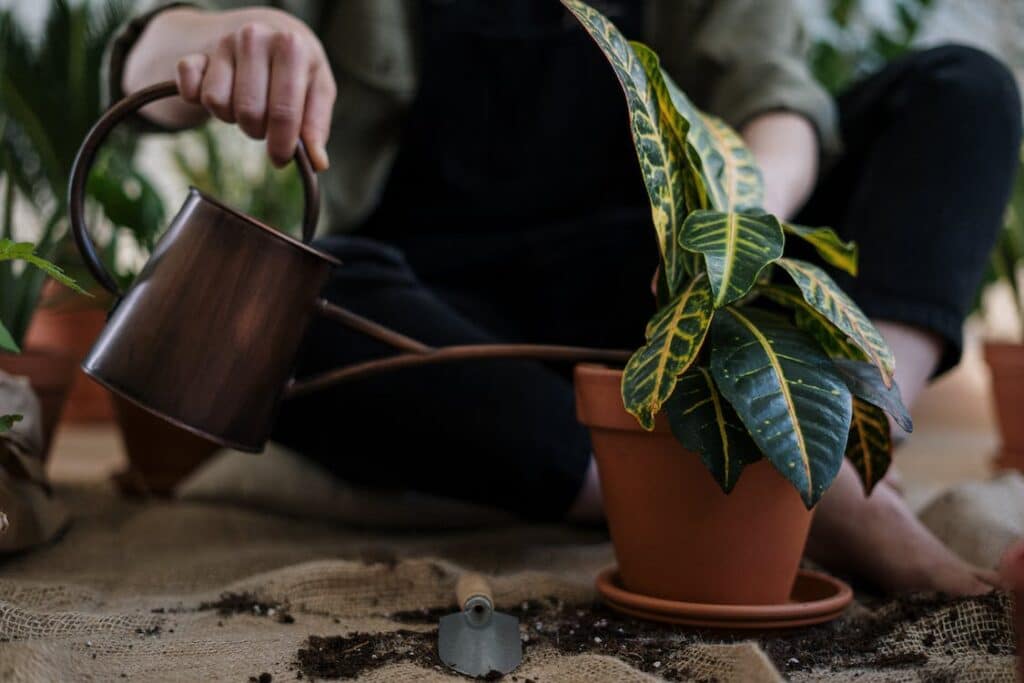Are you eager to start your hydroponic gardening journey but unsure when to move your seedlings to the hydroponic system? Look no further! In this article, we will guide you through the best time to make this crucial move, ensuring that your plants thrive and flourish in their new growing environment. With our expert tips and advice, you’ll soon be on your way to enjoying the benefits of cultivating healthy, vibrant plants using the hydroponic method.
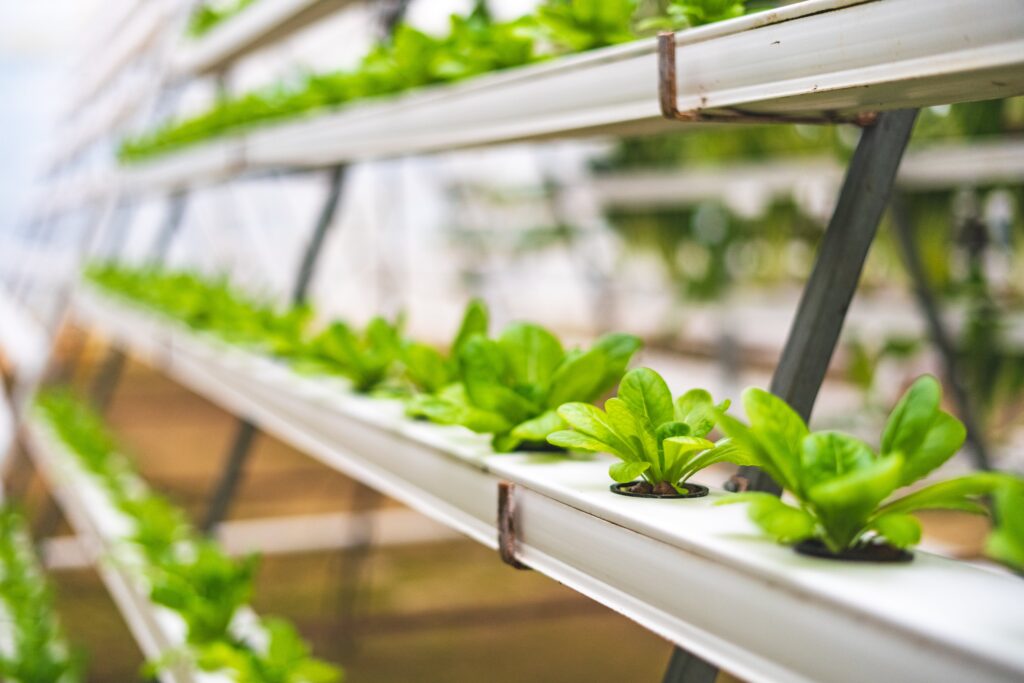
Understanding Hydroponic Systems
Hydroponic systems are a method of growing plants without soil, where the plants obtain their nutrients from a water-based solution. Instead of relying on traditional soil-based methods, hydroponic systems utilize various techniques to provide the necessary nutrients to plants directly through their root systems. This innovative approach to gardening offers several benefits, making it a popular choice for both commercial growers and home gardeners.
Benefits of Hydroponic Systems for Plants
One of the key advantages of hydroponic systems is that they allow for more precise control over the growing environment. By providing the ideal conditions for plants, such as optimal nutrient levels, pH balance, and water supply, hydroponic systems can promote faster growth and larger yields. Additionally, since plants no longer have to search for nutrients in soil, their energy can be directed towards growth, resulting in healthier and more robust plants. Moreover, hydroponic systems minimize the risk of soil-borne diseases and pests, creating a cleaner and more hygienic growing environment.
Different Types of Hydroponic Systems
There are several different types of hydroponic systems available, each with its own unique advantages and considerations. The most common types include the deep water culture (DWC), nutrient film technique (NFT), ebb and flow, and aeroponics. In the DWC system, plants float on a nutrient-rich solution, while the NFT system relies on a shallow film of nutrient solution flowing over roots. The ebb and flow system periodically floods the roots with nutrient solution, while aeroponics suspends plant roots in the air and mist them with a nutrient solution. Each system has its own set of requirements, so it’s essential to choose the one that best suits your growing goals and available resources.
Growth Stages of Seedlings
Understanding the growth stages of seedlings is crucial when determining the right time to transfer them to a hydroponic system. Seedlings undergo several distinct stages before reaching maturity: germination, seedling, vegetative, and flowering. Each stage has specific requirements and characteristics that influence the timing of the transfer.
Germination Stage
The germination stage marks the beginning of a plant’s life. It starts when the seed absorbs water and ends when the seedling emerges from the soil or growing medium. During this stage, the seed swells, and the root, also known as the radicle, begins to grow. The germination stage typically lasts a few days, and it is vital to provide the appropriate moisture, warmth, and darkness to encourage successful germination.
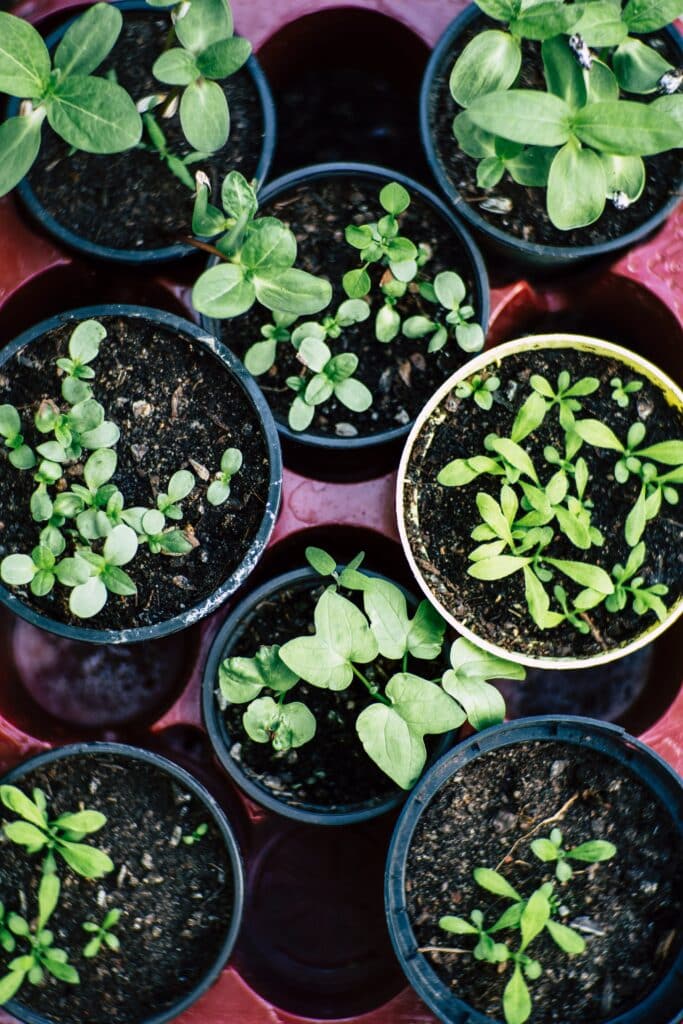
Seedling Stage
Once the seed has germinated, it enters the seedling stage. At this point, the first set of true leaves emerges, and the seedling begins to develop its roots and primary stem. The seedling relies on stored energy from the seed during this stage. Adequate lighting, air circulation, and temperature control become essential to ensure healthy growth. The seedling stage generally lasts for several weeks until the plant transitions into the vegetative stage.
Vegetative Stage
During the vegetative stage, the plant continues to develop its roots and stems, focusing on foliage production rather than flowers or fruits. It is essential to provide optimal lighting conditions, including both intensity and duration, to promote healthy leaf growth. Nutrient levels should be carefully balanced to support vigorous vegetative growth, as the plant begins to rely less on stored energy and more on external nutrition. The length of the vegetative stage varies depending on the plant species and desired size before transitioning to the flowering stage.
Flowering Stage
The flowering stage is when the plant starts to produce flowers or fruits, marking the beginning of reproductive growth. At this stage, the nutrient requirements shift to support flower or fruit development. The lighting schedule also changes, reducing the daily light exposure to mimic seasonal changes and encourage flowering. The flowering stage can last from a few weeks to several months, depending on the plant species and desired harvest time.

Determining the Right Time to Transfer Seedlings
Transferring seedlings to a hydroponic system at the appropriate time is crucial for their successful adaptation and growth. Here are some factors to consider when determining the right time for the transfer:
Assessing the Size of the Seedlings
Seedlings should be of sufficient size and have established root systems before being transferred to a hydroponic system. This ensures that they can absorb nutrients properly and withstand the change in growing conditions. As a general rule of thumb, seedlings should have at least two to three sets of true leaves before transplantation.
Checking the Health of the Seedlings
Healthy seedlings are more likely to adapt well to hydroponic systems. Before transferring, carefully inspect the seedlings for any signs of disease, pests, or nutrient deficiencies. Look for vibrant, green foliage, strong root systems, and no visible signs of stress or damage. Seedlings showing signs of stress or illness should be treated and allowed to recover before being transferred to the hydroponic system.
Considering the Timeframe Since Germination
The specific timeframe for transferring seedlings to a hydroponic system depends on the plant species and its growth rate. Generally, you should wait until the seedlings have successfully passed the germination and seedling stages and have entered the vegetative stage. This ensures that the root systems are sufficiently developed to support growth in a hydroponic environment.
How to Prepare Seedlings for Hydroponic Systems
Preparing seedlings for transfer to a hydroponic system involves several crucial steps to ensure their successful adaptation and minimize any potential issues.
Removing Soil from Seedlings
Since hydroponic systems rely on nutrient-rich water rather than soil, it’s important to remove all traces of soil from the seedlings’ roots before placing them into the hydroponic system. Gently wash the roots to remove any remaining soil particles, being careful not to damage the delicate root structures.
Treating Seedlings to Avoid Transfer of Diseases
To prevent the transfer of soil-borne diseases to the hydroponic system, it’s essential to treat seedlings with a mild solution of hydrogen peroxide or another appropriate disinfectant. This treatment will help eliminate any potential pathogens that may be present on the seedlings’ roots or foliage.
Acclimating Seedlings to the Hydroponic Environment
Before transplanting seedlings directly into the hydroponic system, it is advisable to acclimate them gradually to the new environment. This can be done by placing the seedlings in a separate container filled with water for a few hours each day. Gradually increase the duration of exposure over several days until the seedlings are ready for full-time immersion in the hydroponic system.
Transferring Seedlings into the Hydroponic System
When transferring seedlings to a hydroponic system, proper handling and positioning are crucial to ensure their successful integration.
Material Requirements
Gather the necessary materials before starting the transfer process. You will need a clean container or tray to hold the seedlings, a planting medium appropriate for the selected hydroponic system, and any tools required for manipulation, such as tweezers or a small trowel.
Steps to Safely Transfer Seedlings
- Fill the hydroponic system’s planting medium into the designated area where the seedlings will be placed.
- Gently separate each seedling from the container or tray, being careful not to damage the roots or delicate foliage.
- Create a small hole or indentation in the planting medium using your finger or a tool, and carefully insert the seedling’s roots into it.
- Gently firm the planting medium around the seedling’s roots to provide stability and promote contact between the roots and the medium.
- Repeat the process for each seedling, leaving enough space between them to ensure adequate airflow and minimize competition for nutrients.
Ensuring Proper Placement in the Hydroponic System
Each type of hydroponic system has specific requirements regarding the placement and orientation of seedlings. Refer to the system’s instructions or consult a gardening guide relevant to your chosen hydroponic method. Proper positioning and spacing are essential to avoid overcrowding and ensure sufficient access to light, water, and nutrients.
Post-Transfer Care for Seedlings in a Hydroponic System
After transferring seedlings to a hydroponic system, providing adequate care and maintaining optimal conditions is crucial for their healthy growth and development.
Understanding Light Requirements
Proper lighting is essential for photosynthesis and overall plant health. Depending on the plant species and the growth stage, the light requirements may vary. Generally, seedlings and young plants require approximately 14-16 hours of light per day, while mature plants may require slightly less. It’s important to position grow lights at an appropriate distance to avoid burning or stunting the seedlings.
Managing Nutrient Solutions
In hydroponic systems, plants rely on nutrient solutions for their growth and development. Regularly monitor and adjust the nutrient solution to ensure optimal levels of essential nutrients, such as nitrogen, phosphorus, and potassium. It is advisable to use commercially available hydroponic nutrient solutions specifically designed for the growth stage and plant type.
Temperature and Humidity Control
Maintaining the appropriate temperature and humidity levels is crucial for seedling growth in a hydroponic system. Most plants thrive within a temperature range of 65-75°F (18-24°C) during the day, with slightly cooler temperatures at night. Adequate air circulation and ventilation help prevent excess humidity and reduce the risk of fungal diseases. A hygrometer can be used to monitor and maintain optimal humidity levels.
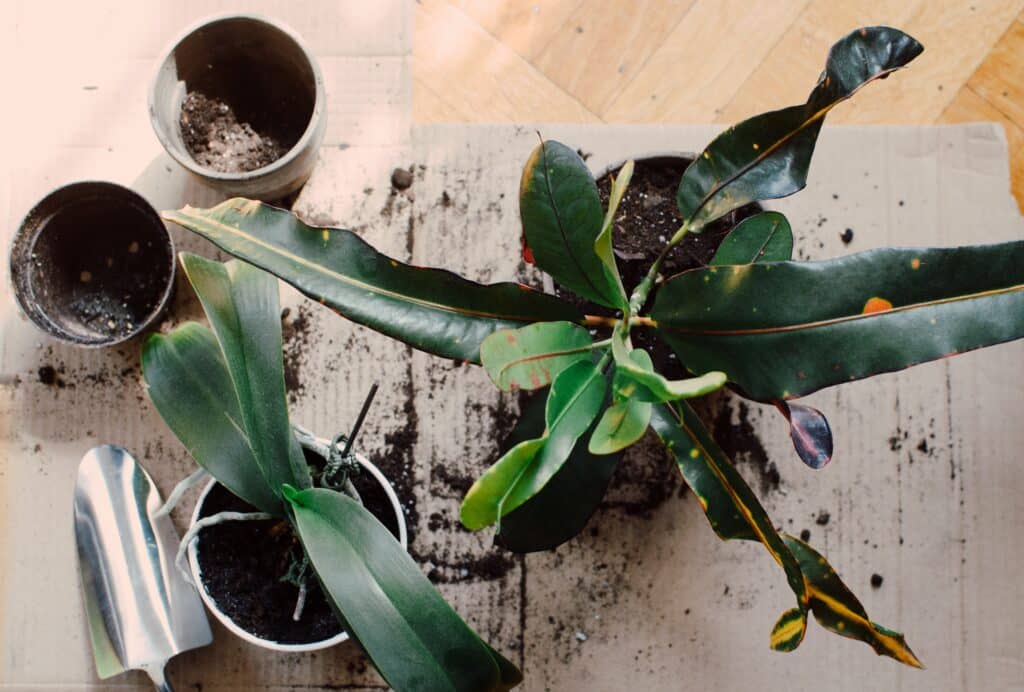
Ensuring Adequate Nutrient Supply
Proper nutrition is essential for robust plant growth in hydroponic systems. Understanding the essential nutrients and customizing their supply based on the plant type is key to success.
Essential Nutrients for Hydroponic Growth
Plants require a range of essential macronutrients, including nitrogen (N), phosphorus (P), potassium (K), calcium (Ca), magnesium (Mg), and sulfur (S), as well as various micronutrients like iron (Fe), manganese (Mn), zinc (Zn), copper (Cu), molybdenum (Mo), boron (B), and chlorine (Cl). Monitoring and maintaining appropriate nutrient levels is vital for sustained plant growth and optimal productivity.
Customizing Nutrient Solutions Based on Plant Type
Different plant species have varying nutrient requirements. It’s essential to customize the nutrient solution according to the specific needs of the plants you are growing. Commercially available hydroponic nutrient formulations often provide guidelines for customizing nutrient solutions based on plant type and growth stage. Regularly assess the nutrient levels and adjust the solution accordingly to ensure plants receive the necessary elements.
Routine Checks and Adjustments for Nutrient Levels
To maintain the nutrient balance in a hydroponic system, regular checks and adjustments are necessary. Monitoring pH levels, electrical conductivity (EC), and nutrient concentration ensures that the plants receive optimal nutrition. Adjusting the pH using appropriate solutions, diluting or increasing nutrient concentrations, and flushing the system periodically help maintain a stable growing environment.
Addressing Common Problems after Transfer
While hydroponic systems can minimize some of the common issues associated with traditional soil gardening, certain problems may still arise after transferring seedlings. It’s essential to identify and address these problems promptly to ensure plant health and prevent further complications.
Identifying Signs of Stress in Plants
Stressed plants may exhibit various symptoms, such as discoloration, wilting, stunted growth, or leaf deformities. These signs can indicate issues like nutrient deficiency, overwatering, inadequate lighting, or pest infestation. Regular visual inspections and careful monitoring of plant health allow early detection of problems, facilitating prompt corrective measures.
Resolving Common Issues like Nutrient Deficiency or Overwatering
Nutrient deficiencies can occur if the hydroponic system’s nutrient solution does not contain adequate amounts of essential elements. Visual symptoms like yellowing leaves, stunted growth, or necrosis may indicate specific nutrient imbalances. Adjusting the nutrient solution composition or concentration can address these deficiencies.
Overwatering is another common problem that can lead to root rot and other issues. Ensure proper drainage and avoid leaving the planting medium consistently saturated. Adjusting watering frequency, monitoring moisture levels, and promoting adequate airflow can help resolve overwatering problems.
Adjusting System Parameters to Address Problems
If problems persist, it may be necessary to adjust specific parameters in the hydroponic system. This could involve modifying lighting intensity or duration, changing nutrient solution concentrations, adjusting pH levels, or implementing pest control measures. Actively monitoring the system’s parameters and promptly addressing any issues will help maintain a healthy growing environment.
Monitoring and Maintenance of the Hydroponic System
Regular monitoring and maintenance are crucial to ensure the long-term success of your hydroponic system and the health of your plants.
Periodic Checks for Plant Health
Perform regular visual inspections of your plants to identify any signs of stress, pests, or diseases. Look for changes in foliage color, wilting, yellowing, or any abnormal growth patterns. Promptly address any issues to prevent further damage and maintain optimal plant health.
Cleaning and Sanitizing the Hydroponic System
Maintaining a clean and sanitary hydroponic system is essential to prevent the spread of diseases and maintain optimal growing conditions. Clean equipment, such as reservoirs, pumps, tubing, and growing trays, regularly with appropriate cleaning solutions. Ensure proper sanitation practices to avoid cross-contamination between plants and different growth cycles.
Changing Nutrient Solutions
Regularly replace the nutrient solutions in your hydroponic system to prevent excessive nutrient buildup or the depletion of essential elements. The frequency of solution changes will depend on the specific system and plant requirements. Monitor nutrient levels and adjust as needed to maintain an optimal balance and support healthy plant growth.
Maximizing Yield in Hydroponic Systems
To maximize the yield in your hydroponic system, consider implementing the following strategies:
Implementing Crop Rotation
Crop rotation involves changing the types of plants grown in your hydroponic system periodically. This practice helps prevent nutrient depletion and reduce the risk of soil-borne diseases. By rotating crops, you can optimize nutrient usage and minimize the buildup of pests or pathogens specific to certain plant species.
Understanding Pruning Techniques
Pruning is a technique used to remove excess foliage, dead or damaged plant parts, and encourage stronger growth. Regularly pruning your hydroponic plants promotes better air circulation, light penetration, and nutrient distribution. It also helps maintain a more compact and manageable plant size, contributing to higher yields and healthier plants.
Optimizing Hydroponic Conditions for Bigger Yields
To maximize yields, create an optimal growing environment for your hydroponic plants. This includes providing the right lighting conditions, maintaining stable nutrient levels, and ensuring proper temperature and humidity control. Regularly monitor and adjust these factors to meet the specific requirements of your chosen plant species. Additionally, maintaining proper plant spacing, ensuring adequate airflow, and preventing overcrowding will allow plants to reach their full potential.
By following these guidelines and maintaining a proactive approach to plant care and system management, you can enjoy bountiful yields and healthy, thriving plants in your hydroponic system. Remember to regularly assess your system, make any necessary adjustments, and provide the optimal conditions for your plants’ growth and development. Happy hydroponic gardening!

